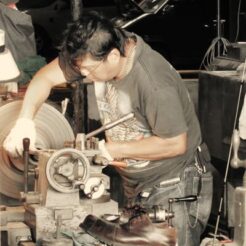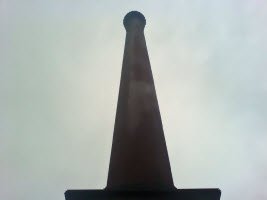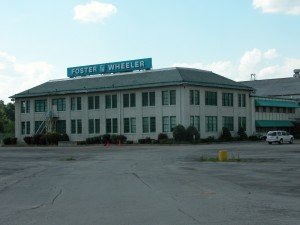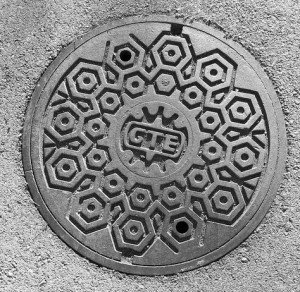Machinists and Asbestos Exposure - How Workers Are Exposed

Machinists fabricate metal parts and equipment — including industrial valves, pumps, piping systems, parts for ships and railroad and various types of machines — to exacting specifications.
For decades, many replacement parts and equipment had asbestos insulation, asbestos-containing gaskets and other asbestos material.
A machinist replacing a valve and gasket would be exposed to asbestos dust when removing a worn out gasket or when cutting a new gasket out of asbestos-containing materials. People are more aware today of the dangers of asbestos. Yet asbestos dust is present throughout many older factories and industries.
How Machinists Are Exposed to Asbestos
Table of Contents
Machinists use power tools such as lathes, drill presses, milling machines and grinders to produce metal parts to precise specifications. The job involves cutting metal, steel, titanium, plastic, silicon and other materials that need to be shaped.
Production machinists may produce large quantities of a specific precision part. Maintenance machinists make repairs and fabricate replacement parts for existing machines.
Many manufacturers and industries have in-house machine shops and employ machinists. For decades, asbestos was used as an insulation material in many of the parts and equipment that machinists handled. Even skilled laborers such as plasterers, shipbuilders, merchant marine seamen, navy yard worker, engineers, automobile manufacturers and mechanics, construction workers, firefighters, utility men, foundry workers, sheet metal fabricators and lathers are often exposed to asbestos.
Machinists could inhale asbestos dust when working around machinery that had asbestos-containing materials or asbestos insulation. Any machinist exposed to asbestos is at risk of development of mesothelioma.
Starting during World War II, the Navy employed shipyard outside machinists. Outside machinists fabricated equipment to be installed above and below deck in ships.
The duties of an outside machinist included using portable grinders, overhauling valves, grinding valve seats, making gaskets and seals, overhauling pumps, and installing steam boilers, winches, propellers and propulsion motors. Much of the equipment a machinist worked with produced heat and therefore incorporated asbestos insulation. But cutting the asbestos material exposed the machinist to breathing asbestos dust, a cause of mesothelioma and lung cancer.
In some instances, machinists wore asbestos-insulated aprons or gloves to shield themselves when handling hot materials. As they wore out, asbestos aprons and gloves were a source of friable asbestos dust.
Machinists exposed to asbestos in the 1970s may only now be receiving a diagnosis of asbestos-related disease because of the long lapse between exposure to asbestos and appearance of symptoms of mesothelioma. Unfortunately, many asbestos manufacturers knew or should have known of the hazards of asbestos. Yet they continued to sell asbestos-containing products jeopardizing the health of hard-working men and women.
If you have been suffering from asbestos-related diseases, our top ranked asbestos attorneys at Belluck & Fox, LLP can certainly help. We have locations at Albany, Rochester, NYC and Woodstock.
Alcan
448 Country Route 1A
Oswego, NY
Burrows Paper Corporation
501 W Main St.
Little Falls, NY 13365
Carrier Corporation
6304 Thompson Road
Syracuse, NY
Foster Wheeler
9431 Foster Wheeler Road
Dansville, NY 14437
GTE Sylvania
50 Johnston St.
Seneca Falls, NY


